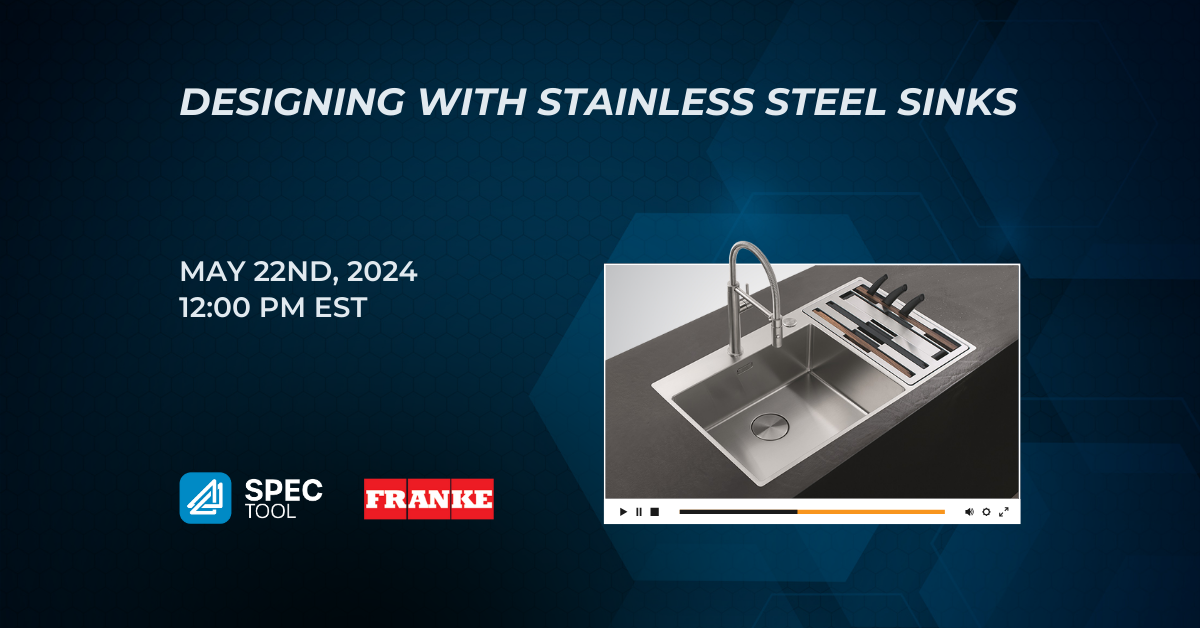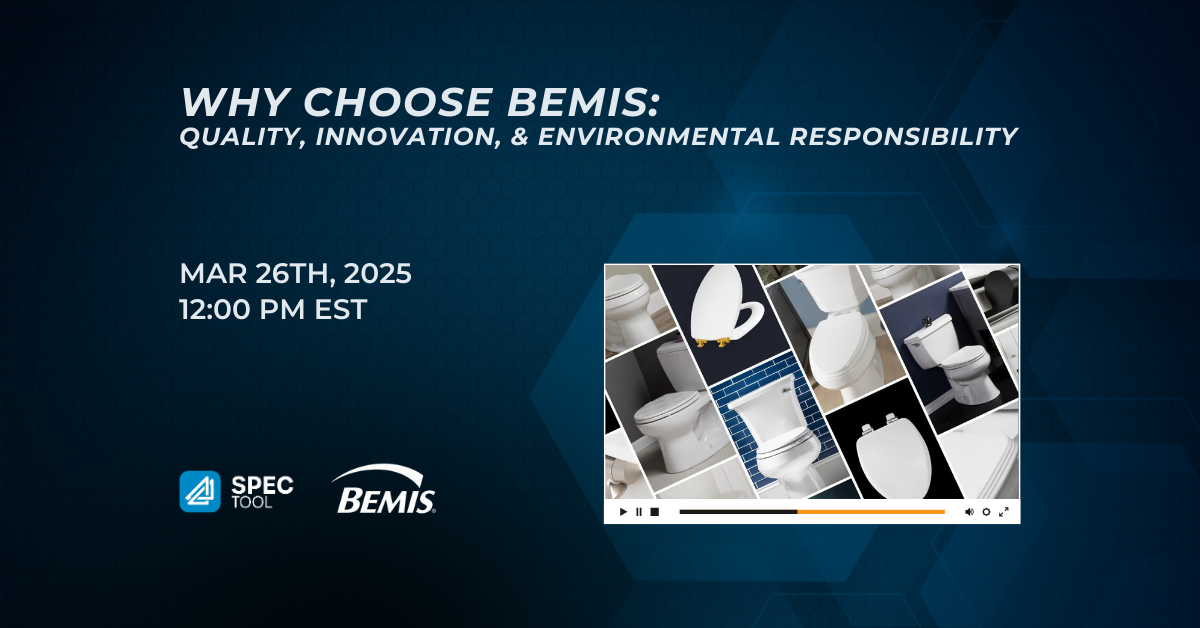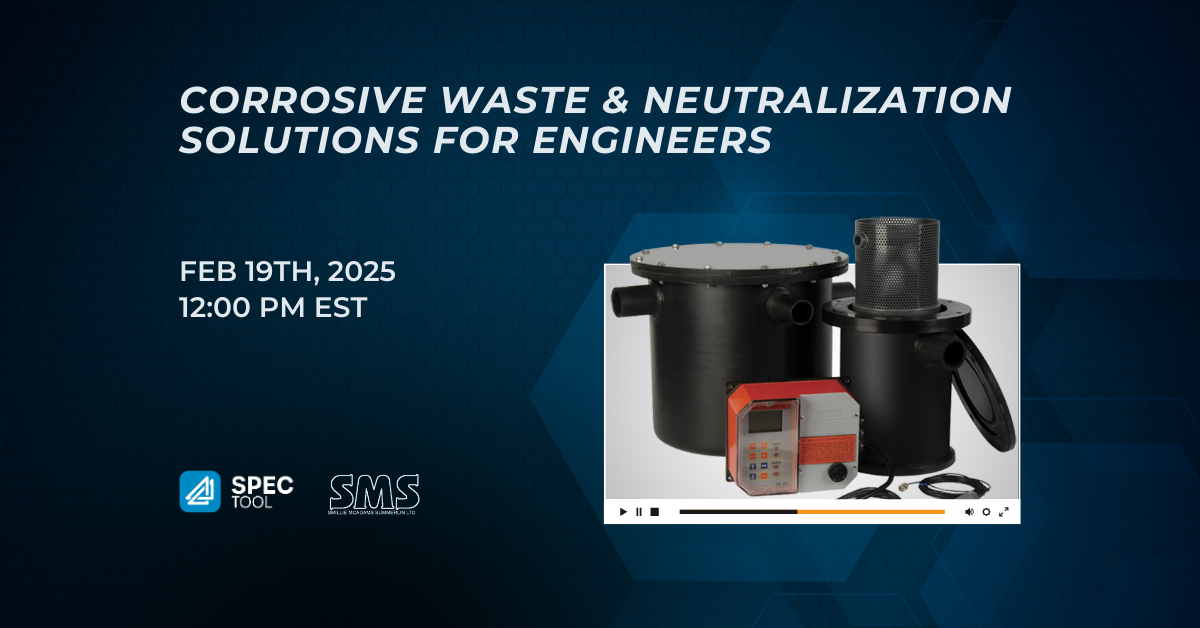Designing with Stainless Steel

CHAPTER SUMMARY
(0:00:00 – 0:01:30) Chapter 1: Introduction to Stainless Steel Sinks
- Stainless steel sinks are known for their durability and classic appearance.
- The material’s versatility makes it a popular choice for various kitchen styles.
- Understanding the benefits of stainless steel helps in making informed design decisions.
(0:01:31 – 0:03:15) Chapter 2: Selecting the Right Stainless Steel Gauge
- Choosing the appropriate gauge is crucial for ensuring the sink’s functionality and longevity.
- Different gauges offer varying levels of thickness and durability.
- Consider the usage and expected wear and tear on the sink when selecting the gauge.
(0:03:16 – 0:05:00) Chapter 3: Design Considerations and Configurations
- Factors like sink configuration, size, and installation type impact the overall design.
- Customizing the sink layout to suit the kitchen’s workflow and needs is essential.
- Proper planning of design elements ensures both aesthetic appeal and practicality.
(0:05:01 – 0:06:30) Chapter 4: Maintenance Tips for Stainless Steel Sinks
- Regular cleaning and maintenance routines help preserve the sink’s finish and functionality.
- Use non-abrasive cleaners to maintain the stainless steel’s appearance.
- Implementing proper care practices enhances the longevity and visual appeal of the sink.
(0:06:31 – 0:08:00) Chapter 5: Stainless Steel’s Corrosion Resistance in Kitchens
- Stainless steel’s resistance to corrosion makes it ideal for kitchen environments.
- The material’s ability to withstand moisture and frequent use adds to its allure.
- Its durability and easy maintenance contribute to its popularity in kitchen sink design.
(0:08:01 – 0:10:30) Chapter 6: Advanced Design Techniques for Stainless Steel Sinks
- Innovations in sink design offer efficiency and improved functionality.
- Features like custom accessories and smart configurations enhance user experience.
- Incorporating advanced design techniques showcases the evolution of stainless steel sink designs.
(1:00:31 – 1:02:15) Chapter 7: Environmental Impact and Sustainability of Stainless Steel Sinks
- Stainless steel’s recyclability and eco-friendly properties make it a sustainable choice.
- Considerations for reducing environmental impact in sink production and usage.
- Efforts towards sustainability in stainless steel sink manufacturing benefit both users and the environment.
(1:02:16 – 1:04:00) Chapter 8: Community Engagement and Design Initiatives for Stainless Steel Sinks
- Collaborative projects and community involvement drive innovation in sink design.
- Engaging with users to understand needs and preferences leads to user-centric designs.
- Community initiatives promote awareness and appreciation for the versatility of stainless steel sinks.
(1:04:01 – 1:05:45) Chapter 9: Future Trends in Stainless Steel Sink Design
- Exploring upcoming trends in materials, shapes, and technologies for sink design.
- Anticipating shifts in consumer preferences and lifestyle influences on sink design.
- Adapting to changing market demands while maintaining the essence of stainless steel sinks.
(1:05:46 – 1:07:32) Chapter 10: Q&A Session and Closing Remarks
- Addressing audience questions on various aspects of stainless steel sink design.
- Summarizing key points discussed in the presentation.
- Closing remarks emphasizing the importance of thoughtful design and quality in stainless steel sinks.



